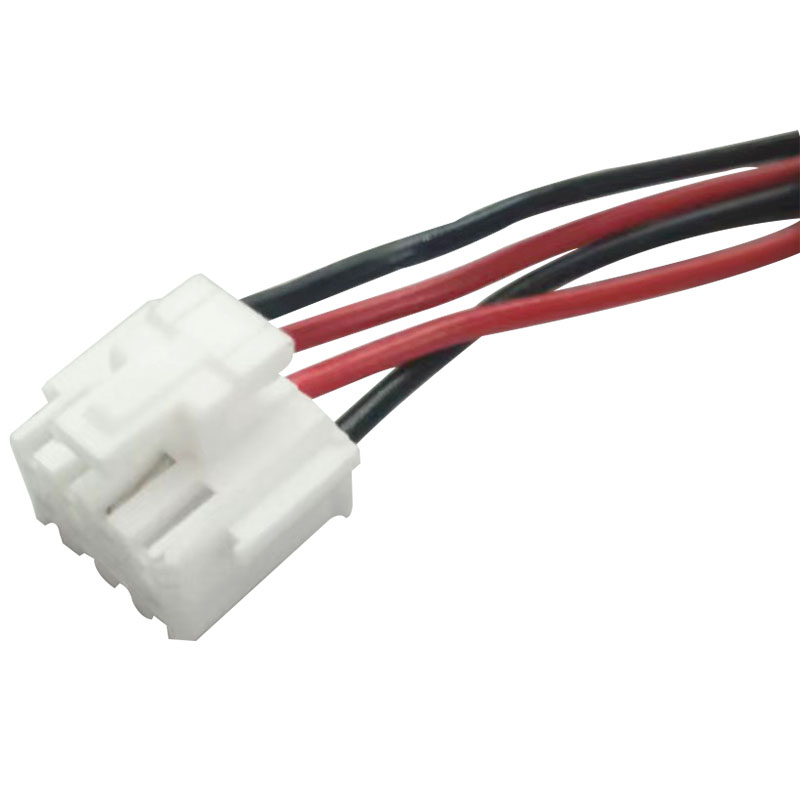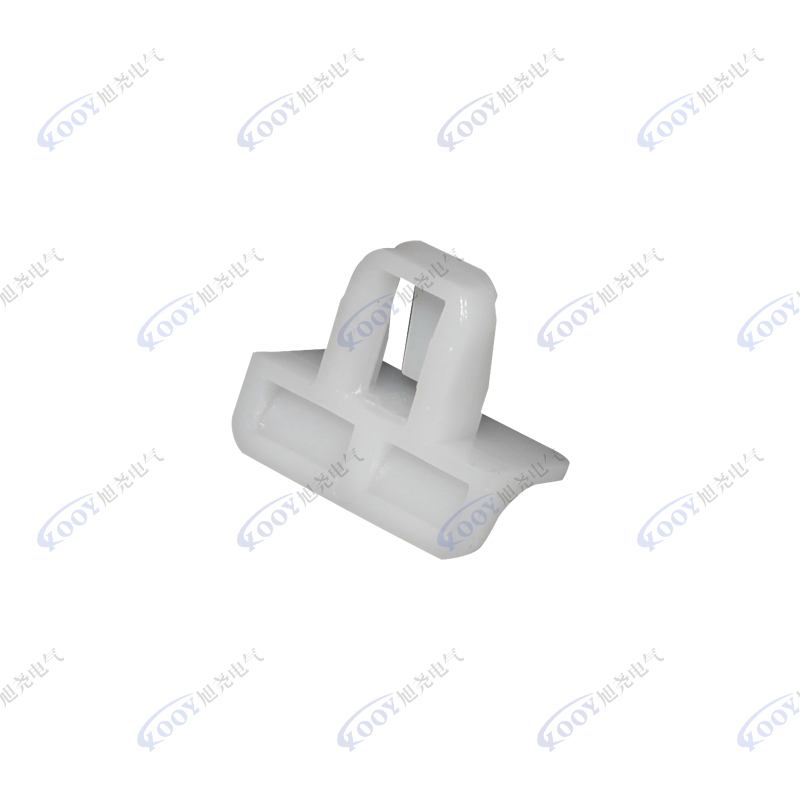Wholesale High Quality Automotive Wiring Harness Manufacturers – Introduction to the types and selection principles of automobile wiring harness terminals – Xuyao
Wholesale High Quality Automotive Wiring Harness Manufacturers – Introduction to the types and selection principles of automobile wiring harness terminals – Xuyao Detail:
Type of terminal
Terminals can be divided into sheet series, cylindrical series and wire joint series according to their shapes.
1) The chip series terminals are made of H65Y or H70Y material, and the material thickness is 0.3 to 0.5. The schematic diagram of some components is shown in Figure 2.
2) The cylindrical series terminals are made of H65Y or Qsn6.5-0.1 material, and the material thickness is 0.3 to 0.4. The schematic diagram of some components is shown in Figure 3.

3) Wire connector series terminals are divided into three types: U-shaped, fork-shaped and hole-shaped.
① The U-shaped terminal is made of H62Y2, H65Y, H68Y or Qsn6.5-0.1 material, with a material thickness of 0.4 to 0.6. The schematic diagram of some components is shown in Figure 4a;
②The fork terminal is also called the Y-type terminal. The Y-type terminal is made of H62Y2 material, with a material thickness of 0.4 to 0.6. Part of the surface is nickel-plated and has good electrical conductivity. The schematic diagram of some components is shown in Figure 4b;
③ Hole terminals generally use H65Y and H65Y2 as the base material, and the material thickness is 0.5 to 1.0. The schematic diagram of some components is shown in Figure 4c.

Selection principles of terminals
Different plated terminals should be selected according to different connectors and different needs. For equipment with high performance requirements, such as terminals for airbags, ABS, ECU, etc., gold-plated parts should be preferred to ensure safety and reliability, but for cost considerations, partial gold-plated treatment can be selected on the premise of meeting performance requirements.
The specific selection principles are:
1. Ensure that the terminals are reasonably matched with the selected connectors.
2.Select the appropriate terminal for the wire diameter of the crimped wire.
3.For the single-hole waterproof connector, select the terminal whose tail can be crimped to the waterproof plug.
4.Ensure the reliability of the connection. When selecting terminals, ensure good contact with electrical devices and plug-ins, so as to minimize contact resistance and improve reliability. For example, surface contact is better than point contact, and pinhole type is better than leaf spring type. In the design, it is preferable to use a connector with a double spring compression structure (very low contact resistance).
5.Impedance matching. Some signals have impedance matching requirements, especially radio frequency signals, which have stricter impedance matching requirements. When the impedance does not match, it will cause signal reflection, thereby affecting signal transmission. Therefore, when selecting a terminal, be sure to select a terminal with matching impedance.
Here, the correspondence between the current that can be carried by the Japanese terminals and the applicable wire diameter is summarized. The statistics of the current that can be carried by the waterproof terminals and the applicable wire diameter are shown in Table 5, and the statistics of the current and the applicable wire diameter of the non-waterproof terminals are shown in Table

Product detail pictures:





Related Product Guide:
From the past few years, our firm absorbed and digested sophisticated technologies equally at home and abroad. Meanwhile, our organization staffs a group of experts devoted into the growth of Wholesale High Quality Automotive Wiring Harness Manufacturers – Introduction to the types and selection principles of automobile wiring harness terminals – Xuyao , The product will supply to all over the world, such as: Myanmar, Angola, Kuwait, Our solutions are produced with the best raw materials. Every moment, we constantly improve the production programme. In order to ensure better quality and service, we now have been focusing on the production process. We have got high praise by partner. We are looking forward to establishing business relationship with you.
The factory workers have a good team spirit, so we received high quality products fast, in addition, the price is also appropriate, this is a very good and reliable Chinese manufacturers.




